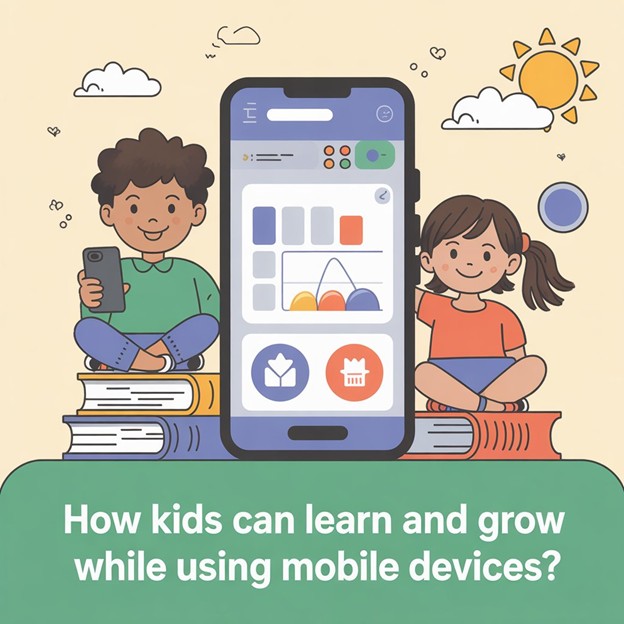10 Common Mistakes RBT Students Make (and How to Avoid Them)
Starting a new path as an RBT is not as easy as many think. You may have skill, drive and even good will, yet still fall into small traps that slow your way to pass this RBT exam.
These traps are not rare, in fact, many RBT learners face them in the start and do not see them till late. Know them soon and you can rise fast. That is why it is so key to learn these slips now, not when it is too late.
Why Knowing These Mistakes Matters
The work of an RBT is more than just a job. It is part of applied behavior analysis, where growth and real skill build can shape the lives of children, parents, and family members. If you miss a key step or skip a rule, the harm can be more than just your grade or job and trust may be lost, goals may be stalled, and a whole plan can fail.
Many new RBTs step into the field with passion but no real view of how deep the role is. This is why it is so key to learn about the common mistakes in the start. When you know what traps to look for, you can save your time, keep focus, and act with more care. A simple way to check your prep is by taking a RBT practice Exam, which can help spot weak points before they turn into real errors.
1. Missing Clear Feedback
One of the most common errors new RBTs make is not seeking or using feedback from their BCBA or lead therapists. At first, many learners think that once they pass the test, they should know it all, but that is far from true. The job is about skill that grows with time and practice. If you do not ask for notes on how you did, you may keep the same weak ways and not even know it.
This is a trap because poor habits stay and later they are harder to fix. The best way to avoid this mistake is to keep an open mind. Ask for notes often, write them down, and act on them in the next task. A pro RBT is not the one who never errs, but the one who learns from every step.
2. Weak Use of Data
The heart of RBT work is not just about help, but also about track. You are not only there to aid, you are also there to log what is done, how, and when. Many new RBTs give low care to data, which may look small in the moment, but it harms big in the long run. If the logs are not right, the treatment plans lose value, and the BCBA cannot judge what works and what does not. This means the child may not get the right changes at the right time. For each instance, your log must be clear, full, and real. You must note both wins and fails. To avoid this trap, treat data like gold, because without it, the entire framework of care can collapse.
3. Not Linking With Family Members
A big trap is to think your role ends when the session ends. In truth, the RBT’s task links with home as well. When you do not bond with parent or family members, the care can break. Think of it like this: a child spends one hour with you but the rest with their family. If the care does not flow at home, the gains may fade. By not sharing notes, small tips, or clear guides with the ones at home, you risk the growth path. A smart RBT knows that support from home can make or break the path of care. So, take time to talk, to share logs in plain words, and to guide the family with care. This bond builds trust and helps both child and home see more good.
4. Losing Focus of Treatment Plans
At times, RBTs drift from the set treatment plans. It may be due to rush, mood, or even the wish to try new steps. But the risk here is huge. Each plan is made with care by the BCBA based on data, goals, and the needs of the child. To stray from it may harm the care and break trust. A plan is not just a list, it is a map. If you leave the map, you may get lost. The wise way is to always stick to the plan, but if you see that a step is not fit, then you must share that with the BCBA. Do not take a short cut. Keep the plan in mind, act with care, and note down what you see.
5. Poor Attention to Change
Each child is not the same, even when they both have autism or the same goal. A trap many RBTs face is not giving enough attention to small shifts. For some kids, a small act or mood swing can mean a lot. If you do not see it, or worse, if you see it but do not log it, the care path can be lost. These changes must be caught and saved in data, so the BCBA can make wise calls. For you, it means you must stay sharp in each session.
Do not drift, do not look at clock only. Look at the child and note all you see. In this role, sharp eyes are as key as kind hands.
6. Not Asking For Support
Some RBTs think they must act as if they know it all. This is a false path that leads to stress and errors. The truth is, no one knows all. Even the best in the field once were new. If you feel lost or unsure, the smart move is to ask for support. It can be from your BCBA team, or even other therapists who share your task. To wait or to hide your doubt is not a show of skill, it is a risk. Ask soon, and you will learn more, grow fast, and keep the care safe. This is not a sign of weak, but a sign of smart.
7. Time Drift
A trap that looks small but harms big is poor use of time. Some RBTs take long for small steps, while some rush big steps. Both can break the flow of care. If you spend too much time on one part, you may not have space for the rest. If you rush, the child may not gain from the act. RBT work is a mix of pace and flow. You must learn to plan, to set slots, and to keep to them. Use logs to note how long each task takes, then you will see where to cut and where to add. A pro RBT is not just one with kind heart, but one who knows how to work with the clock.
8. Weak Link With Therapists
The RBT is part of a big team, not a solo act. Many new RBTs fail to build a link with other therapists, and this grows into a gap. If you do not share notes, ask, or talk, then the team may not sync. This hurts not just the care but also the trust of the group. To avoid this, build bond with your team. Share what you see, talk of what works, and listen to what they say. The child is not just your task, but a team task. With good link, the care is smooth, the plan stays strong, and each part helps the other.
9. Lack of Clear Tips Use
You will get a lot of tips from your BCBA, team, or books. But just to hear or read them is not enough. If you do not use them, they mean no gain. Many new RBTs nod to advice but go back to old ways. This is a trap that holds you back. To grow, you must act on the notes and see how they work in real time. Take one tip, test it, and log what you see. Over time, you build your own style with these steps. The key is to not just know but to do.
10. Forgetting the Goal
At last, the worst trap is to lose sight of why you are here. The real goal is to help the child grow and live with more skill. If you see this as just a job, your drive may fade and the care may lose heart. The RBT role is more than task, it is to guide a child with autism or other needs to live more full. Keep this in mind and each small win will give you more joy. Your role is not just a task in applied behavior analysis, but a gift of growth. This sense of purpose will push you through hard preparation days and test time at Pearson Vue.
Final Words
To be fair, all new RBTs will slip at some point. No one is free from error. What makes a pro is not a lack of errors but the way they face them. With will, with guide, and with care, you can cut these slips. The core is to see them soon, learn fast, and move on with more skill. RBT work is not just a job, it is a path to help lives, to build trust, and to grow as a guide. Hold on to this and your work will not just serve others, it will also shape you.










